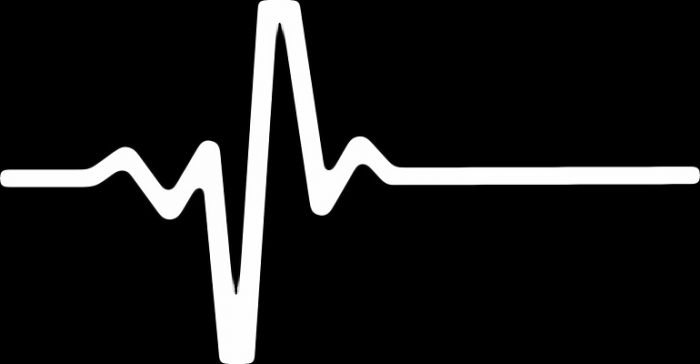Sensors, plants and waste heat: Adelaide hospital’s bid to be most energy-efficient
When it comes to the power consumption of hospitals, the diagnosis isn’t pretty: they rate as the second most energy-intensive of all commercial buildings, behind only food service providers.
As the places where our babies are delivered, our sick are treated and our dying nursed, energy efficiency understandably slips down the priority list behind ensuring hospitals are properly funded, staffed and offer the best standards of care possible.
That, says Peter Newman, professor of sustainability at Western Australia’s Curtin University, is exactly why they continue to gobble up so much electricity. The co-author of the Curtin University hospitals and sustainability paper says energy consumption is “the last thing [healthcare providers] normally worry about when trying to save people’s lives. Keeping an even temperature is important so a big HVAC [heating, ventilation and air conditioning] system is needed. Having the latest equipment is also important and much of it is energy intensive, like all the scanning devices.”
Not to mention that for 24 hours a day hospitals need to be well lit to give doctors the best chance to spot symptoms, require extra-powerful ventilation systems to suck away germs before they can spread, and provide energy-intensive food preparation and accommodation services.
But as the populations of western countries age and healthcare cost-pressures ramp up, cutting back on energy use could represent one of the most straightforward ways to free up increasingly scarce funds.
[bctt tweet=”Plants, sunlight, and #IoT technologies may be the cure for hospital energy consumption ills.” username=”ZonditsEE”]
Newman says the drive to greater efficiencies will be driven by “solar passive design, solar PV and batteries, smart technology in the rooms that monitors lights and temperature and enables easy management of individual rooms, and smart technology in big energy-hungry equipment”.
Australian healthcare providers have been focusing on hospital energy efficiencies of late, with the buildings representing over half of public-sector energy consumption in most states, and pollution generated by a coal-heavy power grid costing $2.6bn in healthcare expenses a year owing to links with respiratory, cardiac and nervous system diseases.
South Australia is seeking to slash its energy usage and carbon footprint through the introduction of cutting-edge energy efficiency measures in the new Royal Adelaide hospital (nRAH), which with a pricetag of $2.3bn is estimated to be the third most expensive building in the world.
The state hopes the sizeable investment in the nRAH will yield a 50% reduction in greenhouse emissions and an even greater cut in demand on the energy grid compared with the hospital it is replacing.
At the forefront of the 800-bed hospital’s bid for energy efficiency is Schneider Electric, which last month released a white paper covering the potential for hospitals to make the most of internet of things (IoT) devices including temperature sensors, power meters, circuit breaker panels, uninterruptible power supply devices, building automation controllers and real-time location system devices.
Allowing for remote data analysis and control, these IoT devices will mean operators can make subtle adjustments to maintain room temperatures using the minimum amount of energy necessary, or to undertake predictive maintenance on high-end equipment so it runs as efficiently as possible.
The reliance on information technology doesn’t end there, as revealed by nRAH’s facilities management services contractor Spotless, which in a statement told the Guardian: “A detailed energy software model has been prepared for [the] new RAH which can successfully measure, benchmark and validate operational performance with a high degree of accuracy.”
The nRAH also incorporates other measures that have been shown to pay dividends in hospitals around the world, such as design features that allow natural sunlight to permeate throughout the building, offering the dual benefit of cutting back on winter heating costs as well as offering proven health benefits for patients over artificial lighting.offering proven health benefits for patients over artificial lighting
To cut wastage and greenhouse emissions, the nRAH co-generates its own power via waste heat to provide heating and cooling to the building, and also features remotely activated backup power generators capable of powering the entire hospital site 28 seconds after a blackout.
Other hospitals that run their own energy generation systems include the Great River Medical Center in Iowa, which harnesses geothermal energy to reduce electricity costs by 37% compared with similar hospitals.
Finally, the nRAH is not just figuratively green, but literally so, incorporating “sky gardens” for patients to stroll through along with greenery-packed terraces.
All this foliage offers the potential to eke out further energy savings, if the example of the Mount Elizabeth hospital network in Singapore is anything to go by, where a decision to cover rooftops with trees resulted in a natural cooling of the rooms below.
Whether combining plants, sunlight and the latest in IoT technologies is enough to cure hospitals of their energy consumption ills will be discovered in September, when after six years of delay-plagued development the nRAH finally opens its doors.
